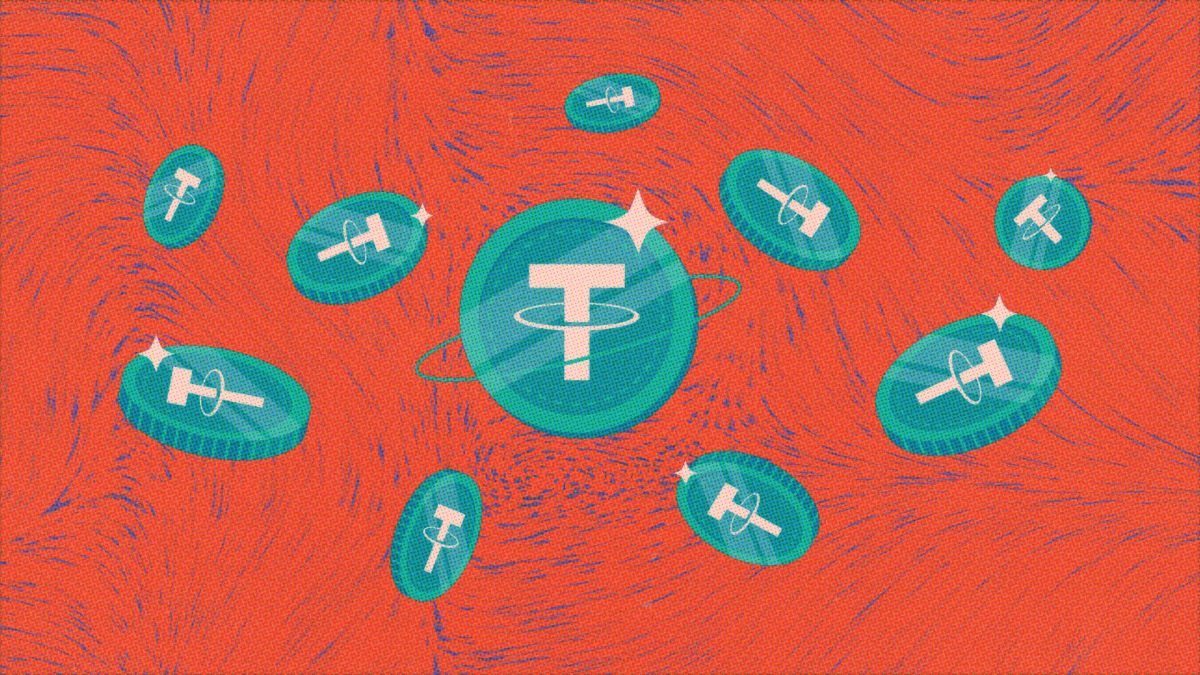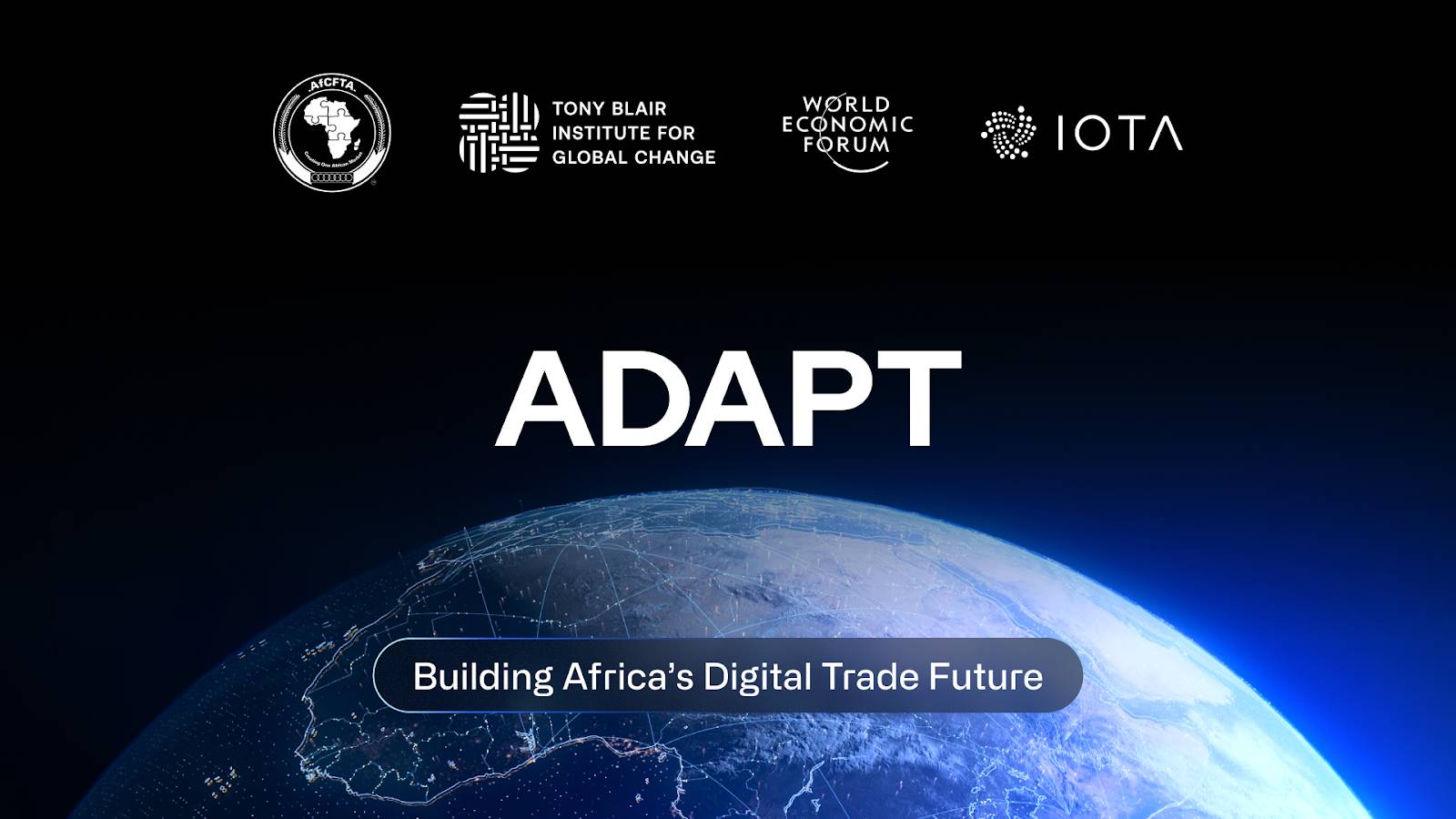Ethereum reclaims USDT lead with $80 billion supply, surpassing Tron
Quick Take The redistribution of USDT supply reflects evolving user preferences for blockchain infrastructure, particularly as traditional finance increasingly adopts stablecoin rails. The following is excerpted from The Block’s Data and Insights newsletter.

Ethereum has reclaimed its position as the primary network for USDT supply, reaching $80 billion and surpassing Tron after falling behind earlier in March. This reversal represents a significant shift in stablecoin infrastructure preferences, with both networks maintaining relatively stable supply levels around $75-$80 billion throughout most of 2025. The close competition between these networks highlights the ongoing shifts in settlement dominance, with marginal advantages potentially driving substantial liquidity migrations.
The redistribution of USDT supply reflects evolving user preferences for blockchain infrastructure, particularly as traditional finance increasingly adopts stablecoin rails. Ethereum's resurgence suggests that users are prioritizing the network's established DeFi ecosystem and institutional-grade infrastructure over Tron's lower transaction costs. Daily stablecoin transfers on Ethereum have reached nearly 1 million transactions per day, indicating not just static holdings but active utilization of USDT for payments and settlements.
This shift occurs as traditional financial institutions increasingly integrate stablecoins into their payment infrastructure. Companies like PayPal with PYUSD and other traditional finance players are incorporating stablecoins into their existing rails, favoring Ethereum's more established institutional presence. The growing institutional adoption of stablecoins suggests that network effects and regulatory clarity will continue to be the main drivers of innovation and adoption.
The competitive dynamics between blockchains for stablecoin dominance carry broader implications for blockchain ecosystem development. The presence of large stablecoin volumes, such as USDT, influences cross-chain bridge activity, exchange integration strategies, and overall DeFi liquidity concentration. Ethereum's advantage in capturing institutional stablecoin flows could reinforce its position as the primary settlement layer for sophisticated financial applications, particularly as traditional finance continues to explore blockchain-based payment solutions.
This is an excerpt from The Block's Data & Insights newsletter . Dig into the numbers making up the industry's most thought-provoking trends.
Disclaimer: The content of this article solely reflects the author's opinion and does not represent the platform in any capacity. This article is not intended to serve as a reference for making investment decisions.
You may also like
IOTA collaborates on the ADAPT project: Building the future of digital trade in Africa together
IOTA is collaborating with the World Economic Forum and the Tony Blair Institute for Global Change on the ADAPT project. ADAPT is a pan-African digital trade initiative led by the African Continental Free Trade Area. Through digital public infrastructure, ADAPT connects identity, data, and finance to enable trusted, efficient, and inclusive trade across Africa.

SharpLink Announces $104M Profit on the Back of Its Ethereum Strategy

